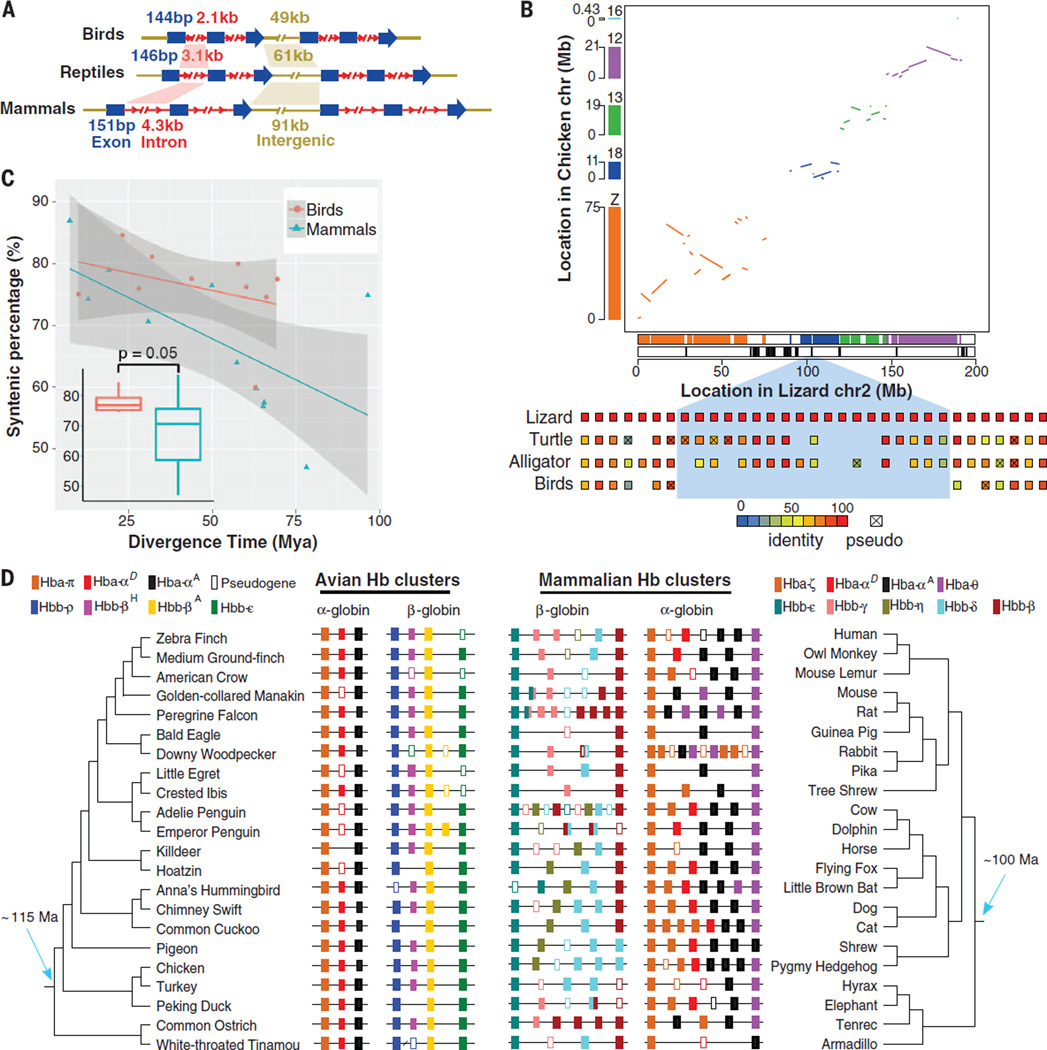Fig. 2. Genome reduction and conservation in birds.
(A) Comparison of average size of introns, exons, and intergenic regions within avian, reptilian, and mammalian genomes. (B) Synteny plot and large segmental deletions between green anole chromosome 2 and multiple chicken chromosomes. Colored bars and lines indicate homologous blocks between two species; black bars indicate location of large avian-specific segmental deletions, which are enriched at the breakpoints of interchromosome rearrangements. (Bottom) An example of a large segmental deletion in birds (represented by ostrich genes). Homologous genes annotated in each species are shown in small boxes. The color spectrum represents the percent identity of homologous genes with the green anole. (C) Distribution of gene synteny percentages identified for phylogenetically independent species pairs of various divergence ages. Dots indicate the percentage of genes remaining in a syntenic block in pairwise comparisons between two avian or mammalian species. Box plots indicate that the overall distributions of the synteny percentages in birds and mammals are different (P value was calculated by using Wilcoxon rank sum test with phylogenetically independent species pairs). (D) Chromosomal organization of the α- and β-globin gene clusters in representative avian and mammalian taxa. These genes encode the α- and β-type subunits of tetrameric (α2β) hemoglobin isoforms that are expressed at different ontogenetic stages. In; the case of the α-like globin genes, birds and mammals share orthologous copies of the αD- and αA-globin genes. Likewise, the avian π-globin and the mammalian ζ-globin genes are 1:1 orthologs. In contrast, the genes in the avian and mammalian β-globin gene clusters are derived from independent duplications of one or more β-like globin genes that were inherited from the common ancestor of tetrapod vertebrates (90, 91).

